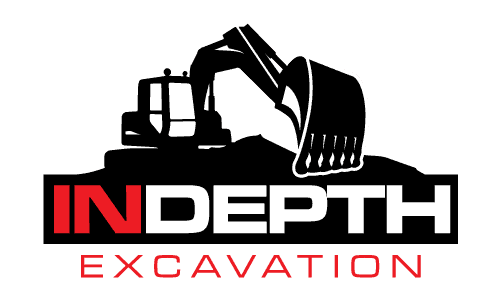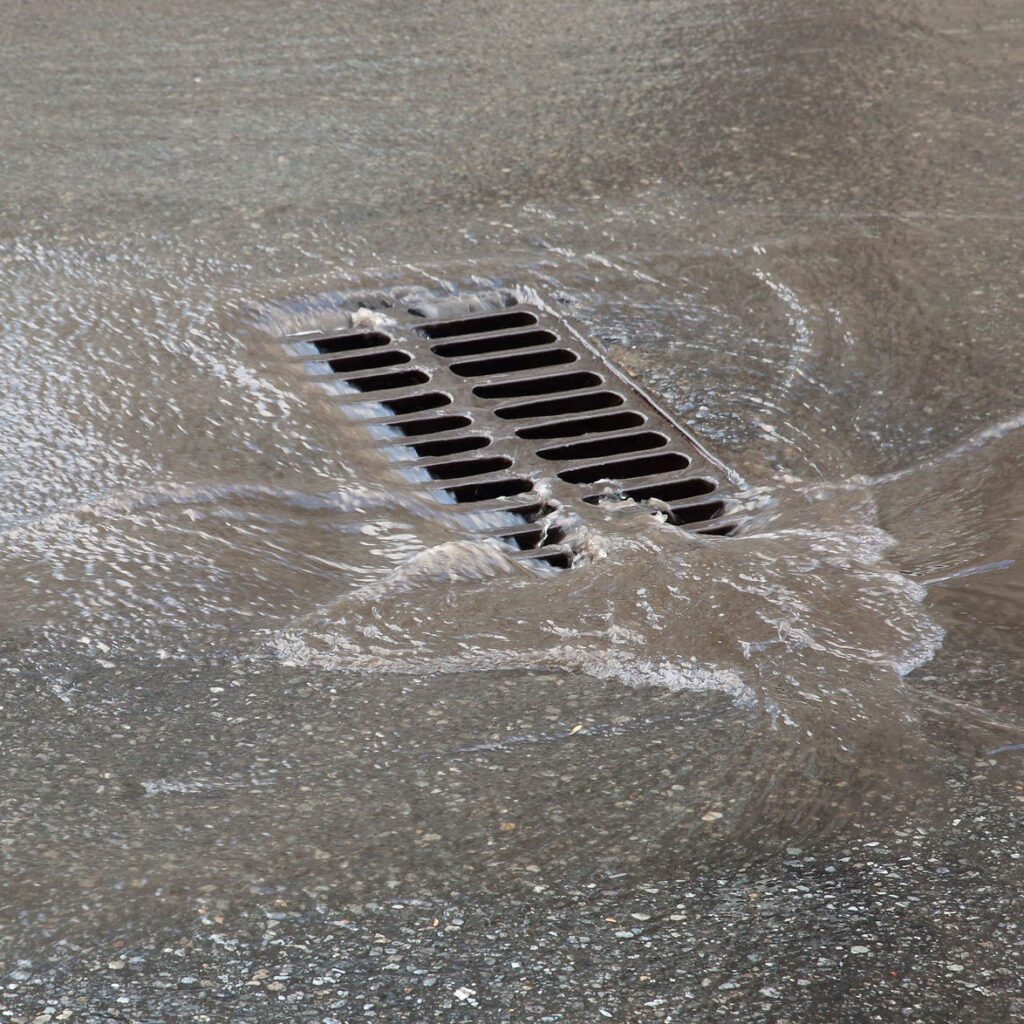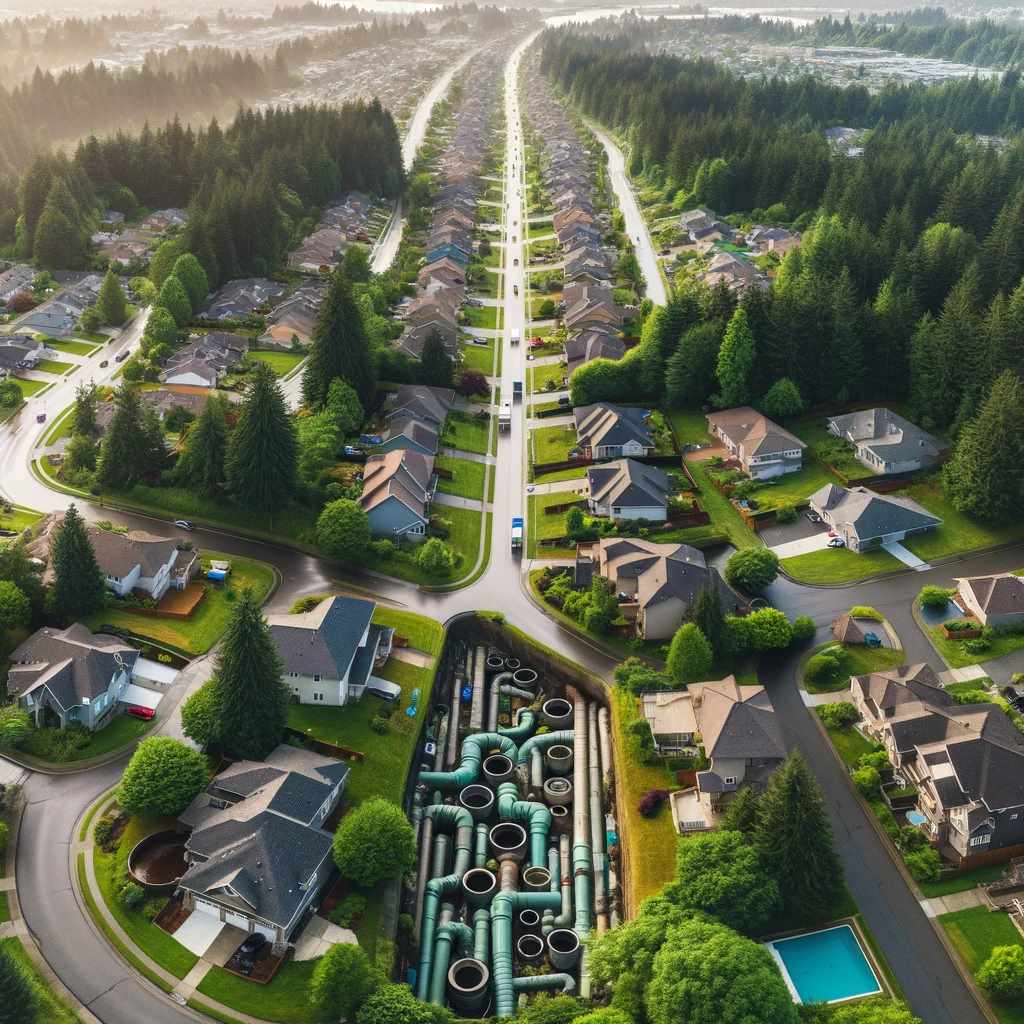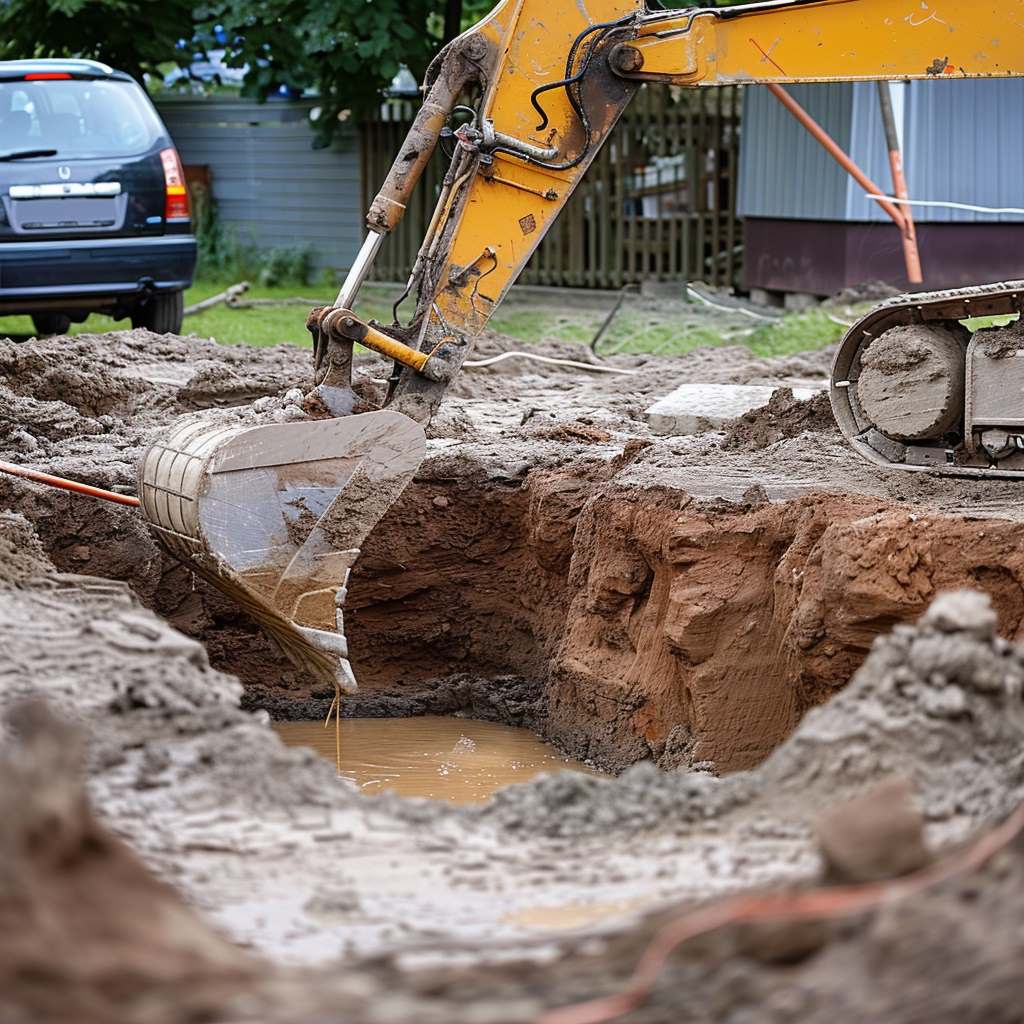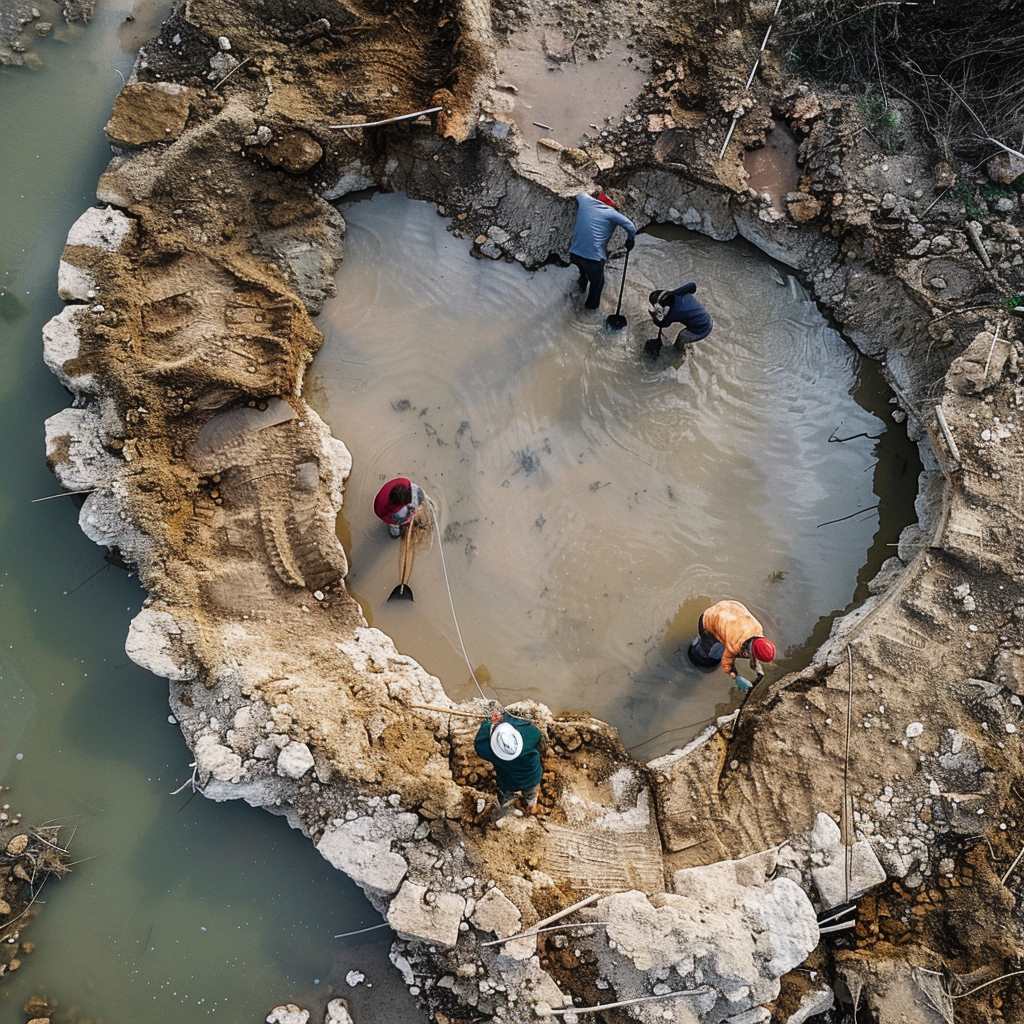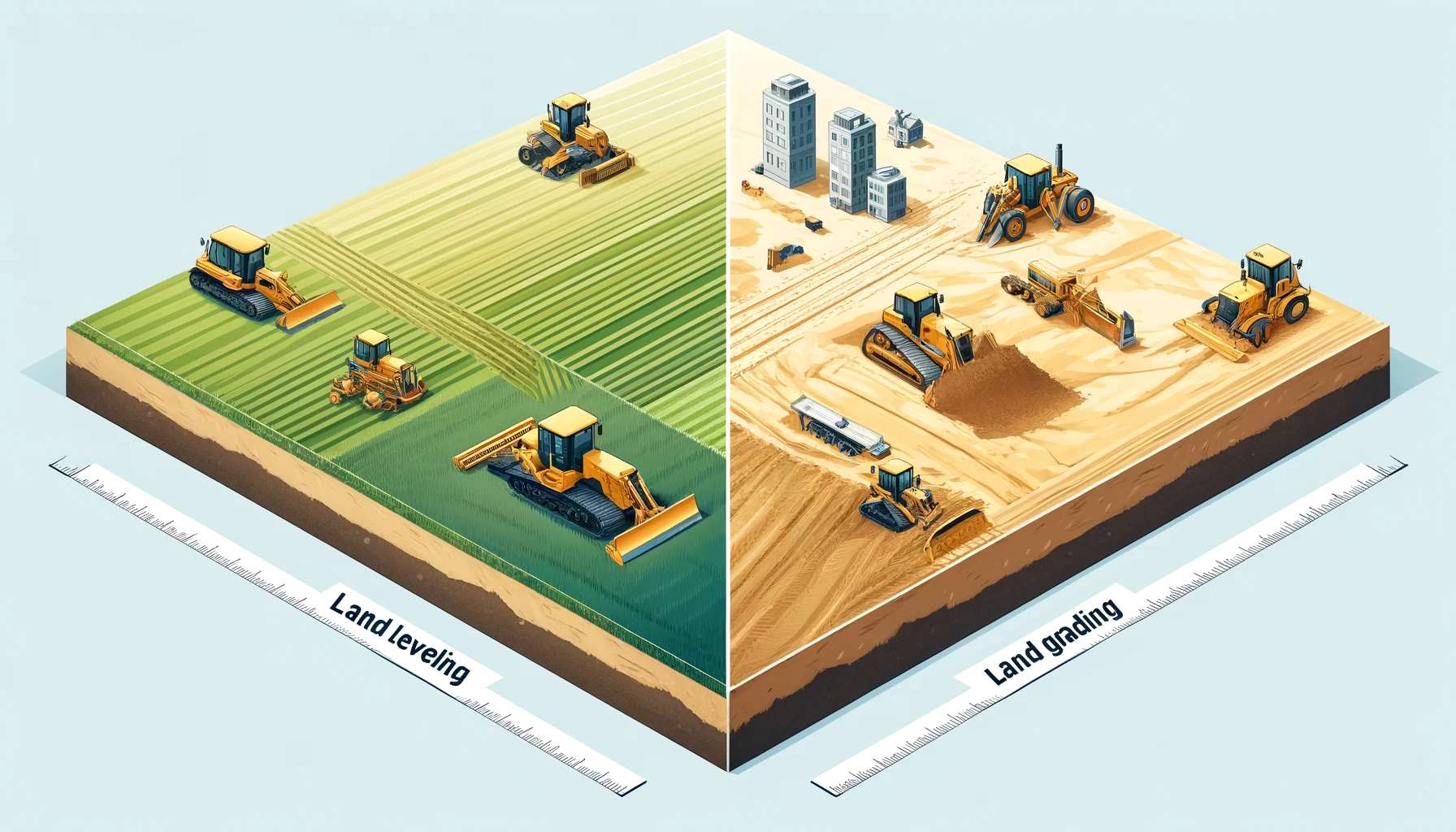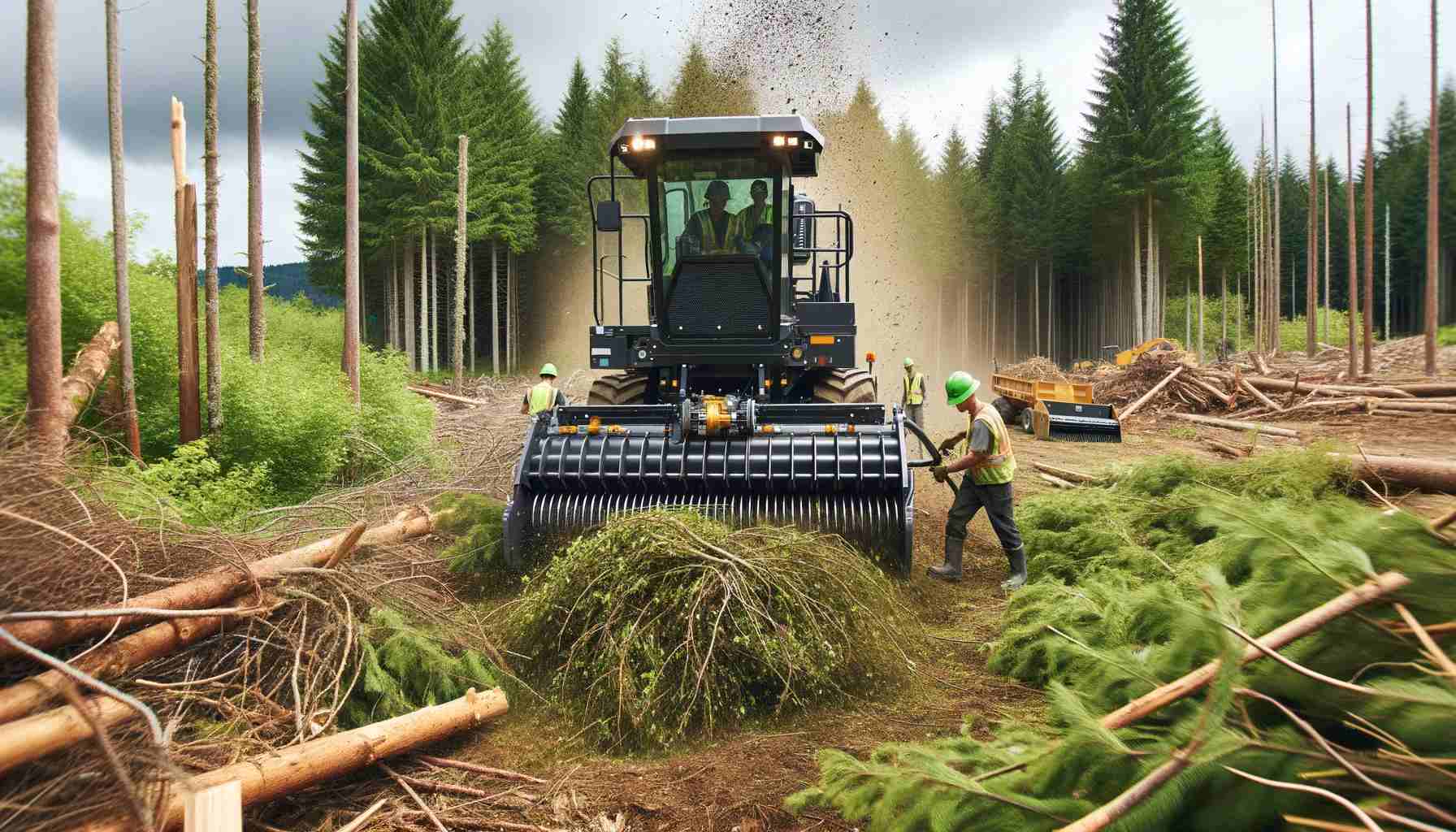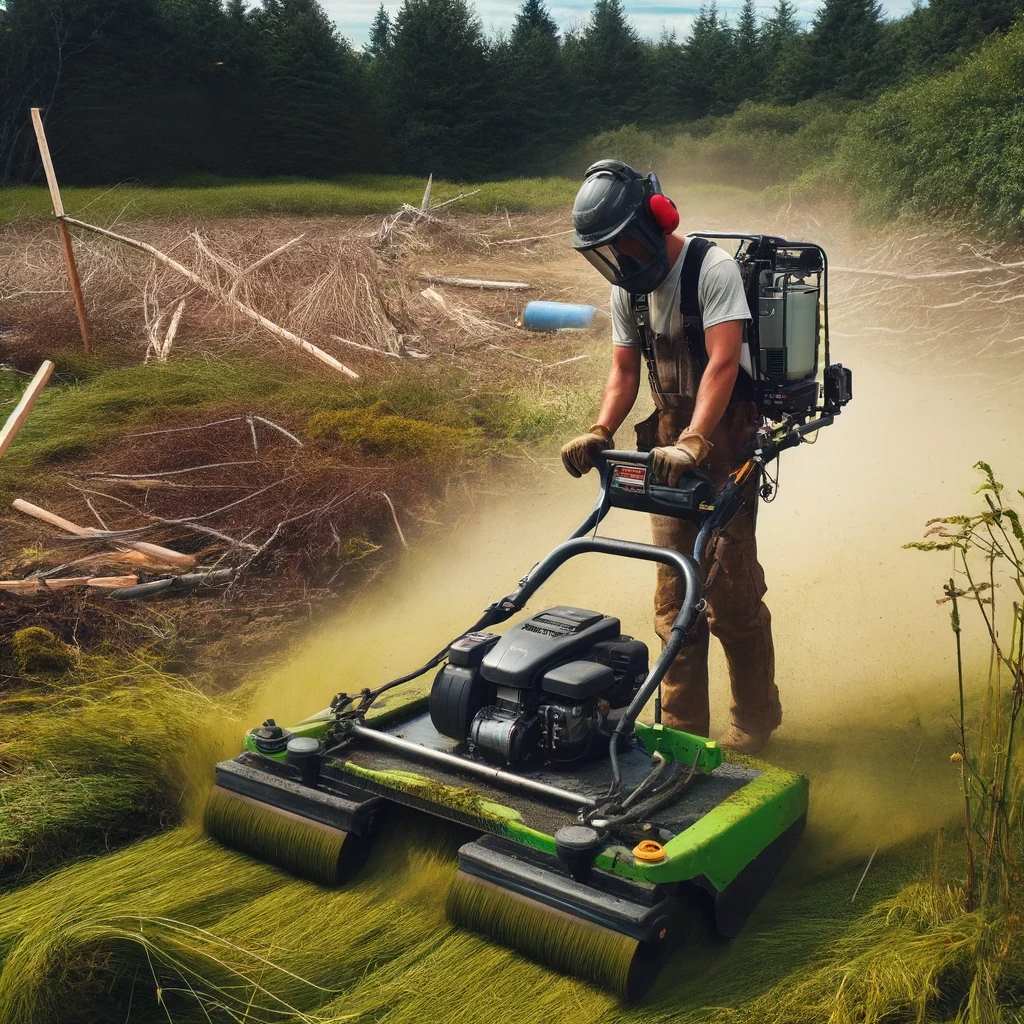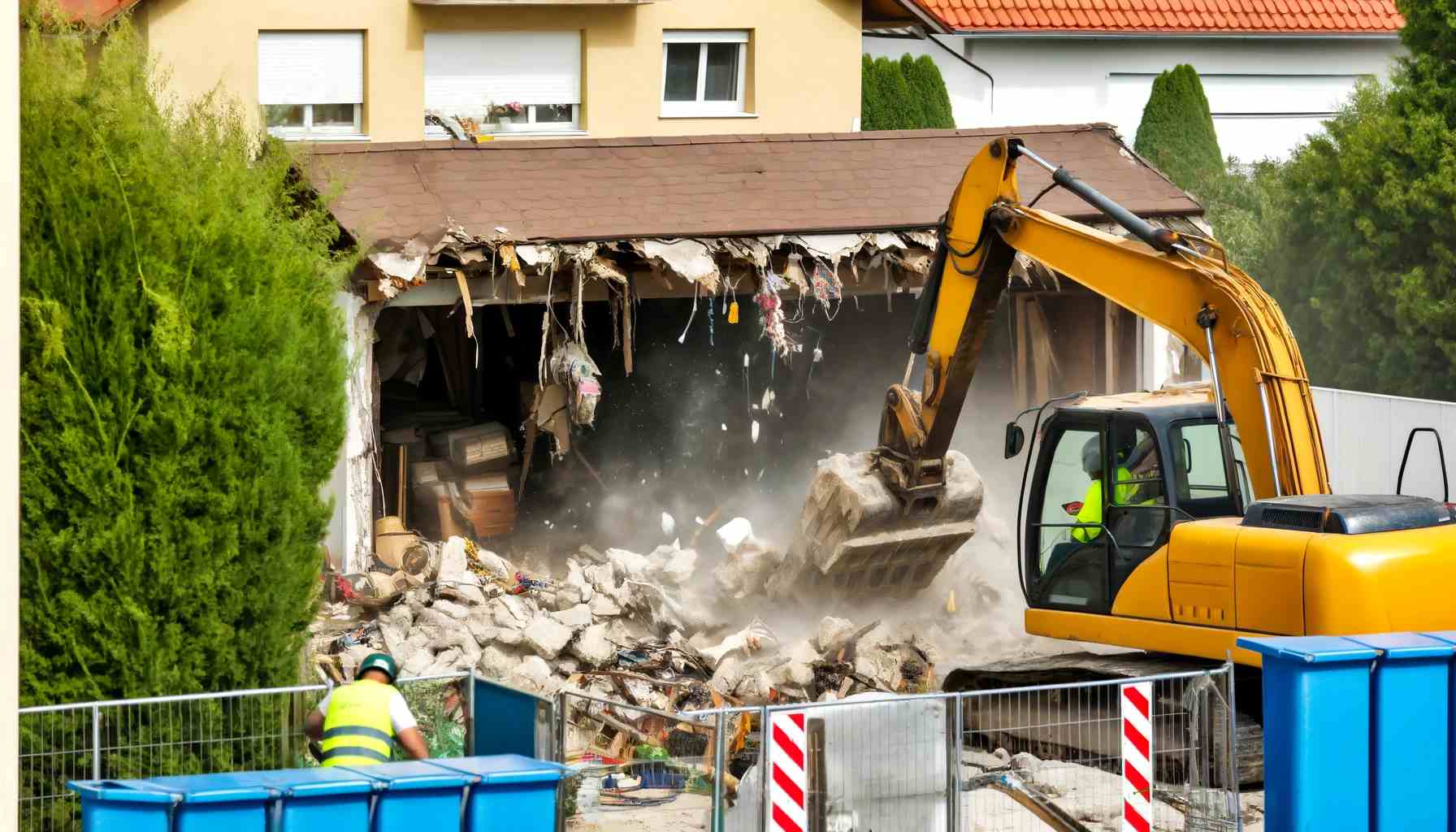In the varied and often challenging landscape of Snohomish County, the design and implementation of effective storm drain systems are of paramount importance. These systems are crucial for water management, playing a significant role in preventing flooding, protecting infrastructure, and ensuring environmental safety. This comprehensive guide delves into the various types of storm drains found in Snohomish, focusing on their design, features, and utility.
Understanding Storm Drains in Snohomish
Storm drains are a vital component of the area’s water management infrastructure, designed to efficiently handle rainwater and surface runoff. The unique topography and climatic conditions of Snohomish County necessitate a diverse array of storm drain types, each tailored to serve a specific purpose.
| Key Takeaways | Description |
|---|---|
| Variety of Storm Drains | Snohomish features different types of storm drains like catch basins, curb inlets, grated inlets, trench drains, and underground systems, each serving specific purposes. |
| Role in Flood Prevention | Storm drains are essential in preventing flooding by efficiently channeling water away from streets and properties. |
| Ecosystem Protection | By managing runoff, these systems help protect local waterways from pollution, thus preserving the natural environment. |
| Public Safety | Effective drainage systems reduce the risks of water-related accidents and infrastructure damage, ensuring public safety. |
| Integration with Other Systems | Storm drains in Snohomish are part of a larger, integrated water management system, sometimes connected to sewage systems or incorporating water treatment methods. |
| Challenges and Adaptations | The design and maintenance of storm drains consider varied terrain, climate change impacts, and environmental regulations. |
Table of Contents
Role in Water Management
Preventing Flooding:
- By channeling excess water away from streets and properties, these systems play a critical role in flood prevention.
Protecting Ecosystems:
- Managing runoff helps protect local waterways from pollution, preserving the natural environment.
Maintaining Public Safety:
- Effective drainage systems reduce the risks of water-related accidents and damage to infrastructure, ensuring public safety.
Integration with Other Systems
Challenges and Adaptations
Storm drains in Snohomish are not standalone units; they are part of a broader, integrated water management system. This integration includes:
Connection to Sewage Systems:
- Some storm drains are connected to sewage treatment facilities. This is less common to avoid overloading treatment plants during heavy rainfall.
Water Treatment Considerations:
- Certain storm drain systems incorporate methods to treat or filter runoff water before it enters natural water bodies, reducing environmental impact.
The design and maintenance of storm drains in Snohomish consider various challenges:
- Varied Terrain: The region’s diverse terrain demands adaptable drainage solutions.
- Climate Change Impacts: With unpredictable weather patterns, robust and flexible storm drainage systems are required.
- Environmental Regulations: Stringent regulations guide the design and operation of storm drains to protect local ecosystems.
Types of Storm Drains
- Catch Basins: A fundamental element in the storm drain network, catch basins in Snohomish are strategically placed for maximum efficiency in collecting debris and sediment, thus preventing clogs.
- Curb Inlets: These are designed to handle large volumes of water, particularly in commercial areas, aiding in efficient water management.
- Grated Inlets: Found in pedestrian-heavy areas, they ensure safety and prevent debris accumulation, maintaining clear water flow.
- Trench Drains: Suited for industrial settings where rapid water removal is essential, trench drains are key in areas prone to water pooling.
- Underground Systems: In urban areas where surface space is limited, these systems manage water discreetly, preventing surface flooding.
Conclusion
The diversity of storm drains in Snohomish reflects the region’s commitment to effective water management. Each type, from catch basins to underground systems, addresses unique drainage challenges, playing a vital role in mitigating flood risks and ensuring environmental protection.
For specialized storm drain services in Snohomish, consider In-Depth Excavation. With their expertise and comprehensive approach, they provide tailored solutions for efficient and environmentally sound water management.
FAQ for Different Types of Storm Drains
Regular maintenance is crucial, ideally once or twice a year, or more frequently in areas prone to heavy rainfall and debris accumulation.
Catch basins, curb inlets, grated inlets, trench drains, and underground storm drainage systems are the main types available in Snohomish.
Yes, but it is important to consult with professionals and comply with local regulations and guidelines.
Eco-friendly options include permeable paving and systems designed for rainwater harvesting or filtration.
Storm drains channel excess rainwater and surface runoff away from streets and properties, significantly reducing the risk of flooding.
For professional installation and maintenance, it’s best to contact experienced local contractors like In-Depth Excavation.
